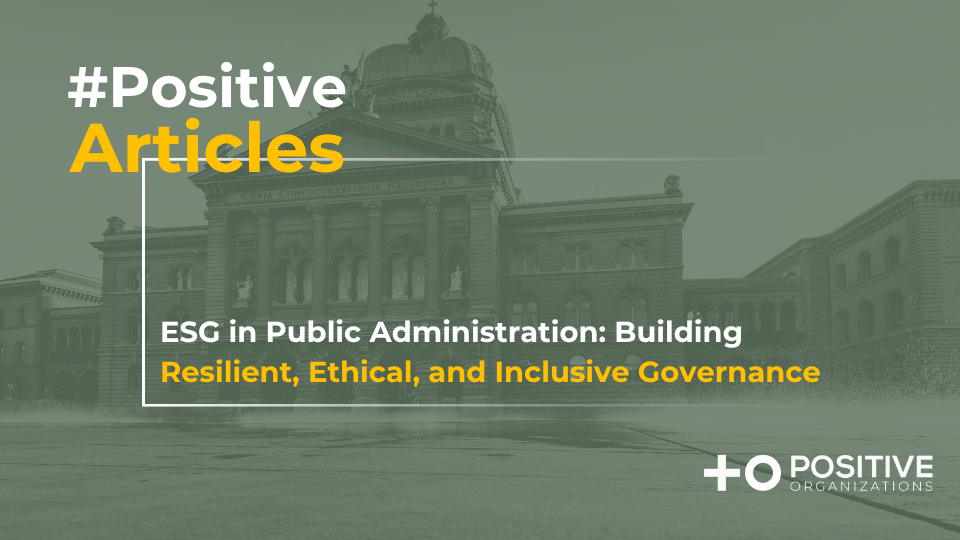.png)
.png)
Is Net Zero by 2050 a realistic target for global shipping? The answer is yes—but only if we stop waiting and start acting. The maritime sector is responsible for roughly 2% of global emissions. Without decisive action, that share is set to rise.
But this transition isn’t just about carbon. It’s also about competitiveness, compliance, and credibility. As global supply chains face growing decarbonization demands, vessel operators, ports, and logistics providers will come under increasing scrutiny—from cargo owners, regulators, financiers, andclimate-conscious consumers. The expectation will no longer be to simplymeasure emissions—but to actively reduce them.
Accordingto the Net-Zero Industry Tracker 2024, shipping must reduce its emissionsintensity by up to 98% by 2050 to align with global net-zero pathways.That’s not incremental change—it’s a fundamental transformation. And it hingeson rapid deployment of scalable low-emission solutions such as green methanol and ammonia, sustainable biofuels, onshore power (coldironing), wind-assisted propulsion, and AI-driven efficiency upgrades.
These technologies are no longer theoretical. Many have reached high levels of maturity (TRL 8–9) and are being piloted today. But less than 1% of the required infrastructure is currently in place to support a net-zero trajectory. So while the tools exist, their deployment must be massively accelerated.
Delaying adoption while waiting for perfect solutions—like zero-emissions vessels or large-scale green hydrogen—is not a neutral decision. It's a strategic risk. Postponing action locks the industry into carbon-intensive assets and makes future transitions more costly and disruptive.
The way forward requires a dual strategy: act now using available solutions, while preparing for emerging technologies. Several leaders are already setting Science-Based Targets initiative (SBTi)-aligned goals, proving that accountability and ambition can go hand in hand.
And there are encouraging signs. We’re seeing vessel retrofits, biofuel test runs, route optimization via AI, and electrification efforts at ports. But pilot projects aren’t enough. We need industry-wide transformation, supported by policy certainty, long-term investment, and collaboration across the value chain.
Let’s be clear: reaching net zero in shipping by 2050 is technically achievable. The real question is whether the industry will act with the strategic courage required—or wait until it’s too late.
Decarbonization won't happen in 2049. It has to start—fully and systemically—today.
At Positive Organizations, we support shipping and logistics actors in building tailored decarbonization strategies. From setting SBTi-aligned targets and evaluating fuel-switching pathways, to integrating low-carbon technologies and enhancing reporting under global frameworks, we help maritime leaders turn ambition into measurable progress.
The future of global trade is low-carbon. The time to act is now.
Start Your
Journey Today














